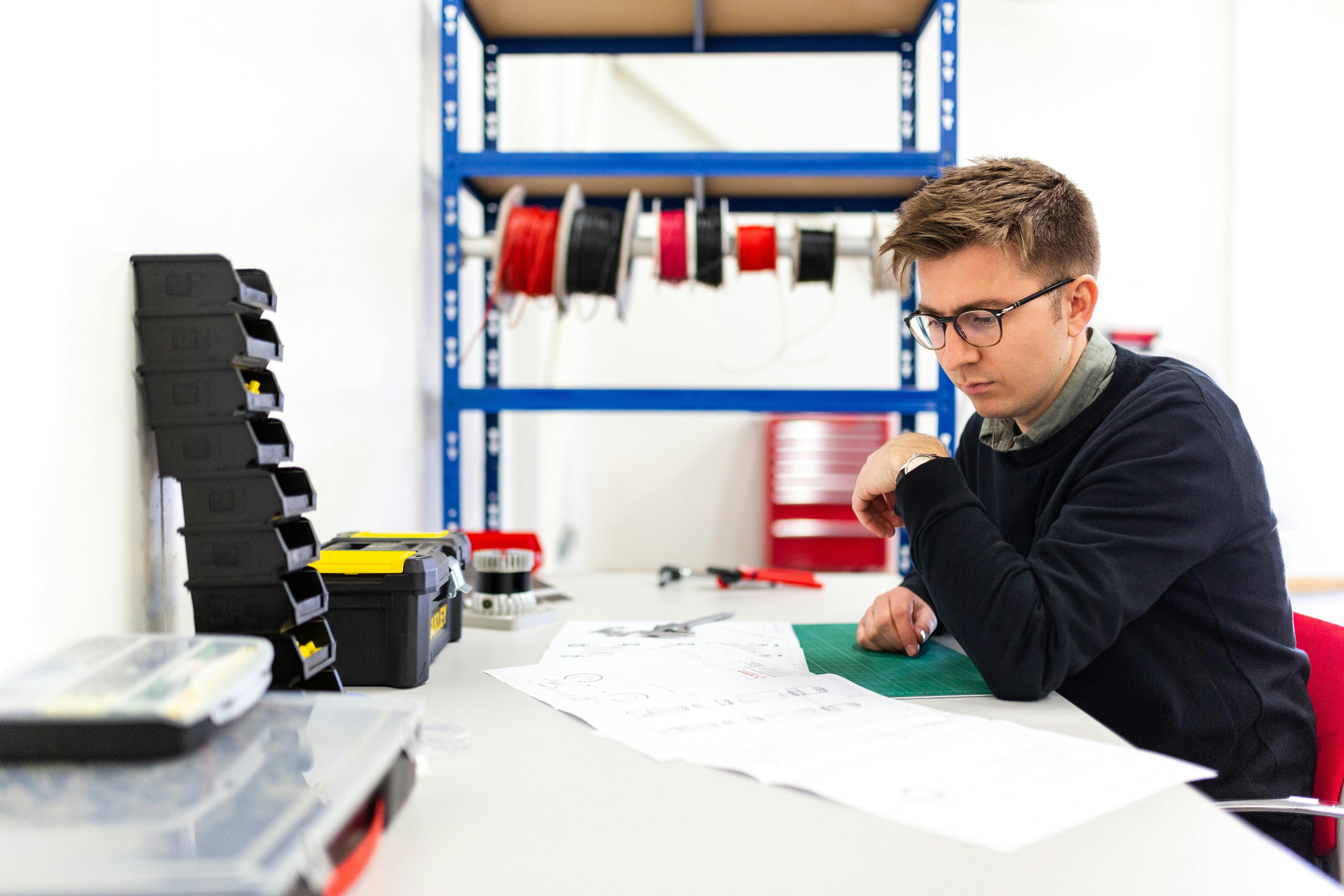3 Quick Steps to Find Out if PdM makes sense for you
Jul 6, 2024
Predictive Maintenance
This article presents a straightforward 3-step methodology for determining the feasibility of implementing predictive maintenance in your specific use case.
Who can get value from this
We’ve written this article to offer a quick way for reliability and maintenance teams to calculate whether or not it could make sense for them to embark on the journey of implementing predictive maintenance technology at their site.
To do this, we make several assumptions about the reader (detailed below). Note that these do not all have to be met perfectly, but a certain level of meeting these criteria need to exist for this methodology to be useful:
There is sufficient technological appetite internally.
- If you do not have the basics right in the first place (ie. adherence to your current maintenance strategy is low), embracing predictive maintenance might seem like a mere "shiny toy.”
There is alignment with the current priorities.
- In Warren's 5/25 Rule applied to Maintenance and Reliability, we emphasise focusing on 3-5 annual reliability priorities. While predictive maintenance need not be a standalone priority, it should directly contribute to achieving one of these goals for optimal success.
- If not, this exercise could still hold value but may be better suited for implementation in the next goal cycle (e.g., next quarter or year).
There’s a sufficient level of maintenance data in place already
- A certain level of existing maintenance data is advantageous (e.g., known maintenance costs per asset, MTBF for selected assets, cost of failure, etc.). While not mandatory for predictive maintenance (PdM) itself to be valuable, this data aids in applying this methodology effectively.
If you feel that these assumptions align to your reality, this article is for you.
The 3 steps
There is no universal method for determining whether a product will deliver the desired value in your unique context. Broadly speaking, any product's benefits should outweigh its investment, and these three steps embody this principle.
If you find that in the past you’ve read ROI figures from the use of predictive maintenance that seemed hardly achievable, it’s likely because the results will vary depending on your unique environment. The table below is a showcase of what we observed as measurable benefits. You can cross-compare that with other sources such as Deloitte’s to form your opinion of what you judge realistic.

Step 1: Understand the cost of the solution
We start with this point because it should be relatively straightforward.
Presuming you have a good understanding of what assets you would like to begin your predictive maintenance journey with, the solution provider you partner with should be able to provide you with the costs associated with these assets.
- Some will price with an upfront costs and a subscription costs
- Others may price only with a subscription costs
Our experience here is that teams can be quick to compare products only on the basis of costs. This is short sighted, and tends to continue to happen because cost is easily measured, whilst other important aspects of a partnership are much harder to value.
Our recommendation here is for the project team to come to an agreement on the 3 things, outside of costs, that are the most important and useful.
When teams go through this exercise, they typically list:
- Customer Service: Accessibility to human assistance.
- Onboarding & Proficiency: Speed of generating value.
- Compatibility & Integration: Interoperability with other vital maintenance solutions.
Choosing the right solution partner will make a difference in how much benefit you draw from your investment.
Step 2: Chose main drivers (1-3) to measure your ROI
List of value drivers:
- Preventing Failures
- Reducing frequency of manual inspections
- Reducing the amount of PMs in schedule and extending periodic maintenance intervals
- Extending the asset’s lifetime
- Reducing energy usage
A safe assumption might be that the main value driver in this project for you is to prevent failures before they occur.
To estimate the likelihood of this happening, we ideally need to understand the failure modes of an asset.
While predictive maintenance isn't flawless, for complex assets with multiple failure modes, this step provides clarity on predictable failure types.
Not all failure modes are captureable via condition monitoring. Only those affecting outcomes contribute to ROI calculation.
Consider a motor's failure modes:

Many of the teams we’ve worked with did not have this level of detail (or weren’t sure that it was accurate in their CMMS). If this is the case for you, and variables are uncertain, we recommend that you use ranges.
Bring maintenance and reliability together to come up with minimums (“It’s very unlikely the real value is lower than ...”) and a maximums (“It’s very unlikely the real value is greater than ...”).
Step 3: Conduct Rough ROI Estimation
Once you’ve completed the above, it should be fairly simple to see with quick math the benefits from these value drivers, to see whether the business case is:
- Definitely positive
- Definitely negative
- Likely to be positive.
For instance, in the motor example, PdM value is approximately $7K/year. If a much cheaper solution (e.g., Factory AI) exists, discussions on its viability are warranted.
Conclusion
This method lacks scientific precision and won't encompass all decision criteria. However, it should significantly aid your evaluation.
In future articles, we'll exemplify this method for:
- A single asset
- Multiple assets of the same class
- Diverse asset types
Stay tuned. Meanwhile, for tailored insights and guidance, we're ready to engage in a discussion that suits your needs!

JP Picard
JP is the Co-Founder and CEO of Factory AI. Previously, he held senior sales leadership roles at Salesforce and Zipline, supporting executive teams in their digital transformation journeys. His passion for reliability and maintenance grows as Factory AI partners with clients to tackle unique challenges